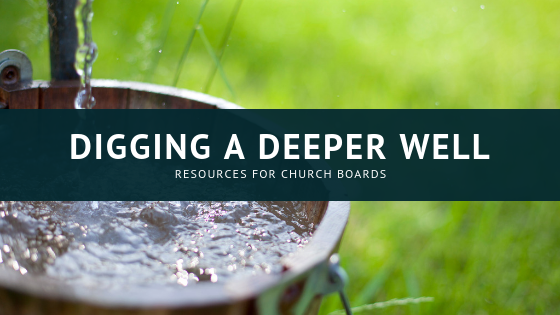Doubt is a familiar visitor for both ministers and congregational leaders. We doubt our faith. Even more, we doubt ourselves, as leaders, worrying that our faith is not strong enough, that we do not understand enough, that we are not expert enough to fulfill our roles in guiding a church.
Yet this familiar visitor is one that ministers and church board members seldom acknowledge to one another as a dimension of their leadership experience. Doubt may be discussed in an adult study class or sermon, but it is usually deemed “off limits” when a church board meets to discern who they are as a church community and where they should go as a congregation.
Writers have helpfully suggested that doubt is essential to faith in God. James Cone brought suffering and doubt face to face with faith in his book, The Cross and the Lynching Tree: Suffering naturally gives rise to doubt. How can one believe in God in the face of such horrendous suffering as slavery, segregation, and the lynching tree? Under these circumstances, doubt is not a denial but an integral part of faith. It keeps faith from being sure of itself. But doubt does not have the final word. The final word is faith giving rise to hope.
- If doubt is essential to faith, is it also essential to good leadership? When, and why, and how?
- What has given rise to doubt in your own leadership? How have you talked about that with one another?
Anne Lamott has written: The opposite of faith is not doubt, but certainty. Certainty is missing the point entirely. Faith includes noticing the mess, the emptiness and discomfort, and letting it be there until some light returns. Faith also means reaching deeply within, for the sense one was born with, the sense, for example, to go for a walk.
- How does your own faith include “noticing the mess?”
- When and where does your church board “notice the mess”?
- How patient are you, as a group of church leaders, in letting it be there until some light returns?








No Comments